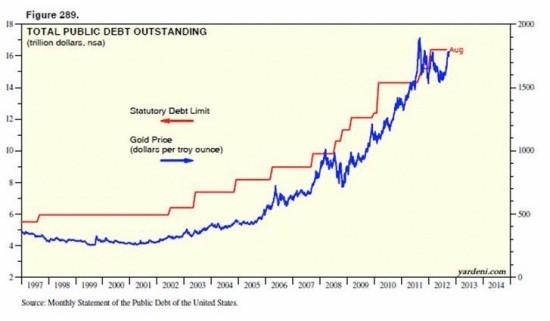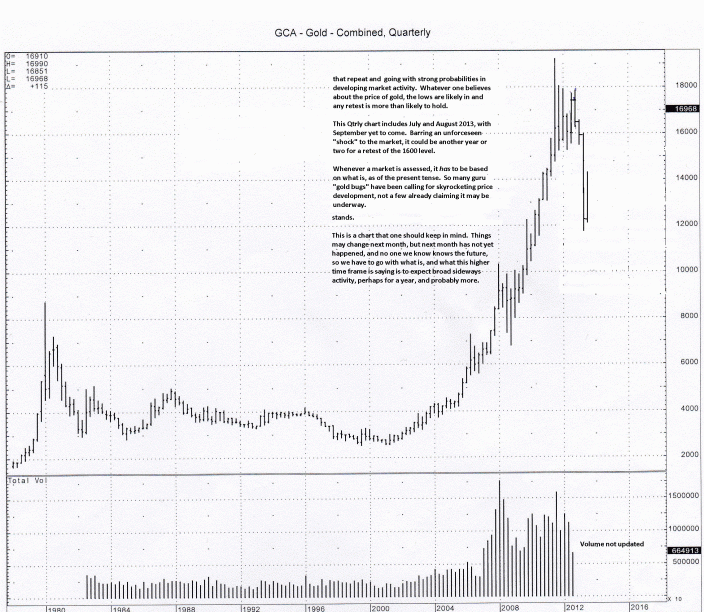How to Lower Risk in Your Portfolio munKNEE
Post on: 21 Май, 2015 No Comment

One of the most basic tenets of portfolio risk management is: do not lose money. Understanding the risk you are assuming and how you intend to mitigate this risk is what separates successful investors from those that never make any money. Words: 983
In further edited excerpts from the original article* Hans Wagner (www.tradingonlinemarkets.com) goes on to say:
There are several types of portfolio investing risk. Knowing the risk is the first step to making better investing decisions.
Macro Risk Categories
1. Systematic risk. also known as market risk, is the risk associated with the overall market. An example is that the overall trend of the stock market dictates a substantial part of the total return. In this case, owning stocks from different sectors does not diversify away the systematic risk of the market.
You can mitigate systematic risks by hedging your positions with non-correlated assets or employ good stop management techniques to preserve your capital. While stops are not part of the Modern Portfolio Theory, they have their use and should be part of your overall strategy. Changes in interest rates, recessions, and major catastrophes are examples of systematic risk as they affect the entire market.
2. Unsystematic risk. also known as specific risk or diversifiable risk, is the risk inherent in each investment. Investors can offset specific risk with proper diversification. For example, if you place all your money in a biotechnology company that has just received news that the FDA will not approve a new drug, you have encountered unsystematic or specific risk. This news would cause the share price to fall precipitously. Had you owned shares of several biotechnology companies, or better yet companies in other industries, you would have reduced your risk.
Core Asset Characteristics
When examining a complete portfolio it is imperative to consider fully the important factors that comprise your investable core assets. Dr. David Swensen, the Nobel Price winner in economics, has identified three characteristics of core assets that should be part of your evaluation to help reduce systematic or market risk:
1. Use assets to hedge the market risk of other assets. For example, real estate is a good hedge against the ravages of inflation, while bonds offer protection from a financial crisis. By recognizing these inherent characteristics of your core assets, you can hedge some of the market risk inherent in an investing portfolio. There should be fundamentally based market returns from the asset class. If you are depending only on active management of the asset class, you are increasing the risk of losses by not being invested in the market.
2. Rely on liquid markets where there is a ready market to buy and sell your core asset. Assets that cannot be immediately priced and sold, are subject to sudden and deep losses. Liquid markets give you the opportunity to employ stop loss techniques should the market turn against you as in a recession.
3. Your stock portfolio is part of your total asset valuation that includes savings for emergencies, real estate, bonds, and possibly precious metals. By taking this broad perspective, you have a better chance to employ overall hedges that are non-correlated to address market risk.
Asset Correlation
In Modern Portfolio Theory, the most efficient method is to create an optimal mix of asset classes that generate the highest return to risk ratio. By owning assets that do not correlate with each other, you can reduce the risk in your portfolio. In a general sense, stocks and bonds tend to have a negative correlation. When stocks perform well, bonds do not and when bonds perform well, stocks do not.
Market sectors have various levels of correlation. Owning sectors that are not correlated highly help to reduce your risk. For example, stocks are closely correlated to their sector. In this case its better for the investor to own the sector rather than the individual. Owning the sector helps to achieve some diversification, reducing specific risk of stock ownership.
Primary Asset Classes
By owning asset classes that are not highly correlated, you can reduce your risk. The primary asset classes to consider are:
1. Common assets of bonds, equities, real estate and cash
2. Geographies including the United States, European Union, the United Kingdom, Japan, China, India, Brazil and Latin America, rest of Asia, the Middle East.
3. Bond types such as Treasuries, corporate, short-term or long-term

4. Major currencies including the US Dollar, the British Pound, the Euro, the Japanese Yen
When you blend asset classes that have a low correlation to each other, you are lowering the risk in your portfolio. Many investors fail to incorporate this thinking when they build their portfolios. Using the R-Squared factor, a correlation of 1 indicates the asset classes are perfectly correlated. A correlation coefficient of zero indicates there is no correlation in the performance of the asset classes. For example, the S&P 500 and the Russell 2000 have a near perfect correlation of 0.97, whereas the average correlation among S&P sectors is 0.32.
Asset allocation is the most essential factor in building a high performing portfolio. Paying attention to the risk of each asset class allows you to create a portfolio that can beat the market in good times as well as bad.
www.tradingonlinemarkets.com/Articles/Trading_Discpline/Portfolio_Risk_Management.htm (To receive our free monthly newsletter on the stock market trends, please send an email to service@tradingonlinemarkets.com with your email address stating you wish to receive the Free Monthly Newsletter and you will be added to the list.)
Editor’s Note:
The above article consists of reformatted edited excerpts from the original for the sake of brevity, clarity and to ensure a fast and easy read. The author’s views and conclusions are unaltered.
Permission to reprint in whole or in part is gladly granted, provided full credit is given.
Sign up to receive every article posted via Twitter. Facebook. RSS feed or our Weekly Newsletter .
Submit a comment. Share your views on the subject with all our readers.
Buy the book below from Amazon. Its pertinent to this article and inexpensive too.














